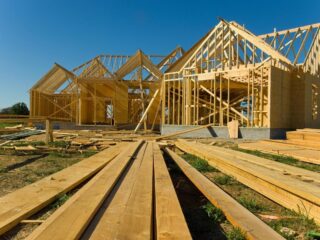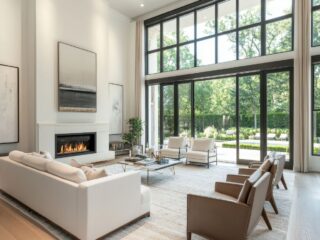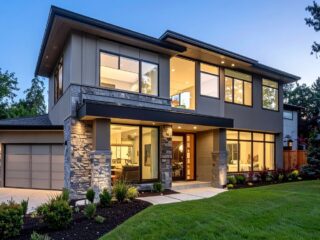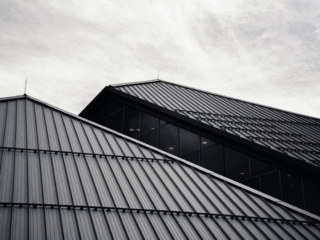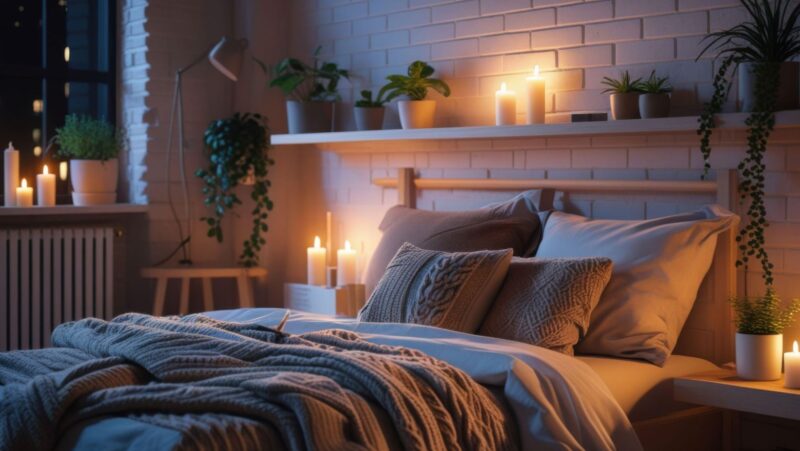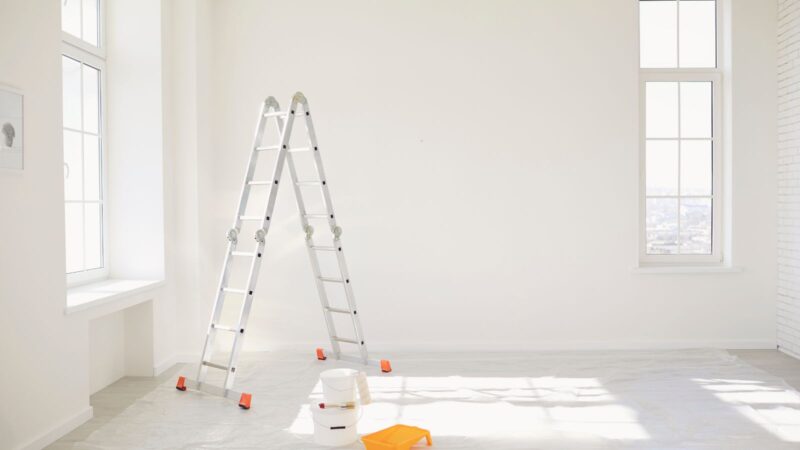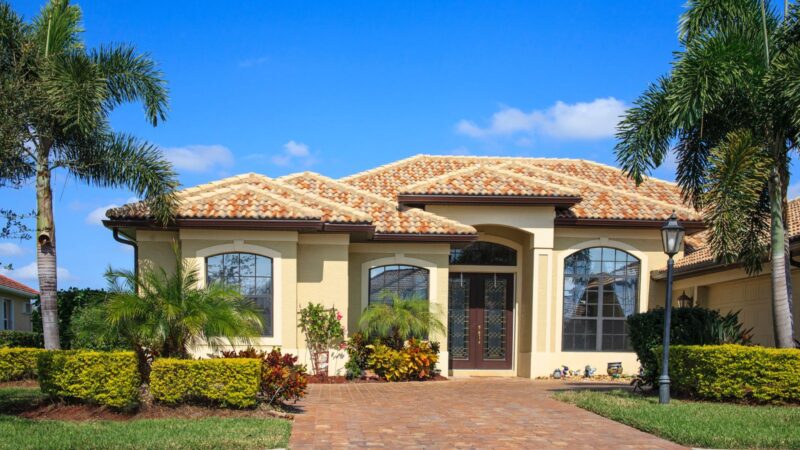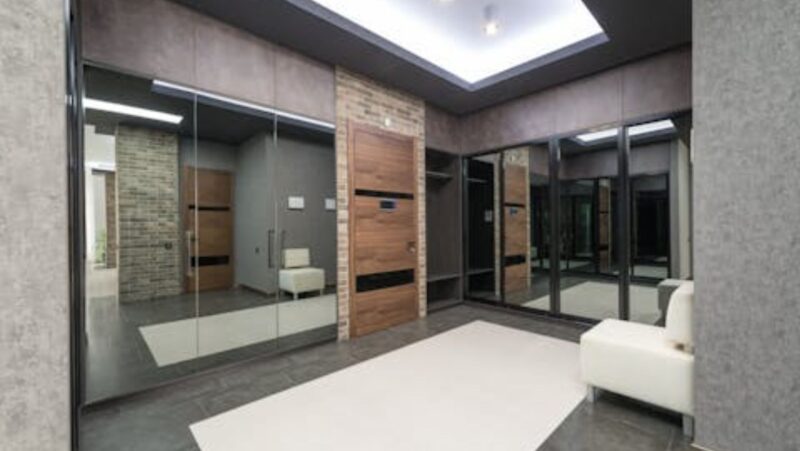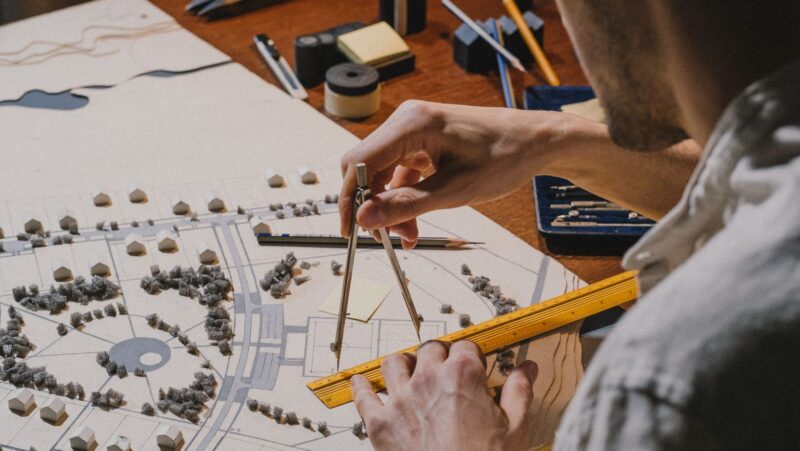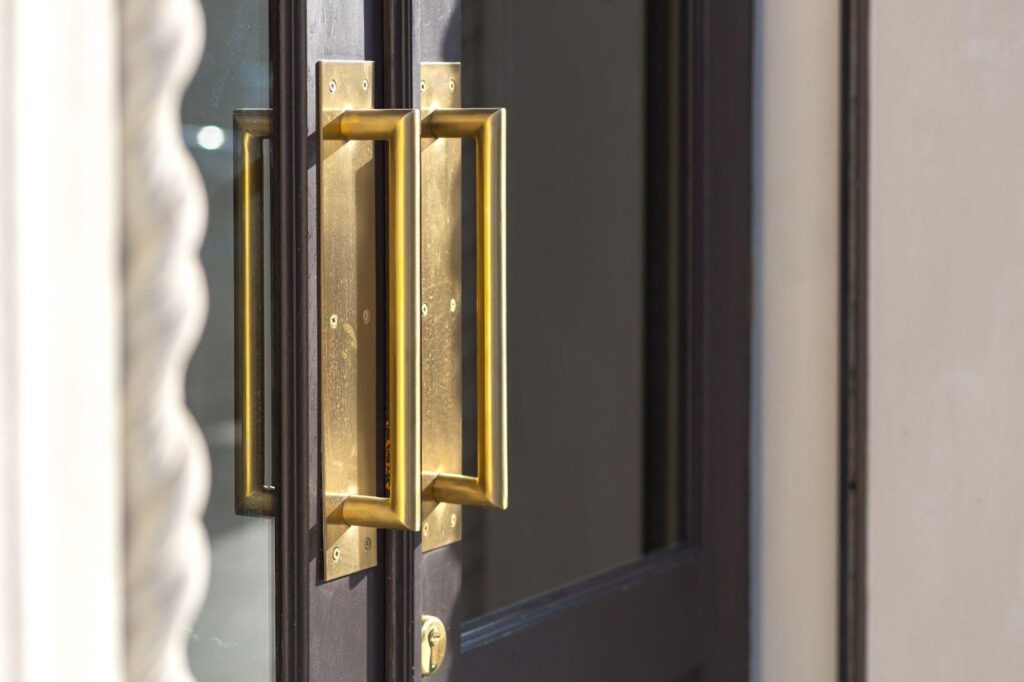
In custom architecture, every transition tells a story. Doors are not simply thresholds, and hardware is far more than a hinge or handle. These elements frame movement, define tactile experience, and influence how a space is perceived. Choosing high end door hardware is therefore not a finishing detail, but a critical design decision, one that affects both form and function.
Materials that Speak the Language of Craft
When specifying architectural finishes, materiality often defines the emotional tone of a space. Bronze hardware, in particular, offers a distinct advantage: it feels solid, it ages with character, and it carries the weight of craftsmanship. For architects designing homes where tactile richness matters, bronze presents an enduring solution.
Unlike mass-market finishes that fade into the background, high-end materials reinforce intent. A handcrafted bronze lever or escutcheon doesn’t merely open a door — it signals presence. The surface tells a story through patina, light, and texture, aligning perfectly with architecture that seeks longevity over trend.
Bronze is also prized for its versatility. It can appear sleek and modern with a brushed finish, or warm and traditional with a more textured surface. This adaptability allows it to serve diverse architectural expressions while maintaining its character.
Integration, Not Addition
Door hardware should be treated as an integral part of a space’s design language. Its placement, scale, and style should echo architectural rhythm, not interrupt it. In modern design, where minimalism often reigns, selecting hardware that supports spatial clarity becomes even more important.
Architects frequently use lines, reveals, and proportions to guide the eye. Hardware must participate in that dialogue. For instance, aligning hardware backplates with door paneling or casing profiles creates harmony. The goal is not to hide the hardware, but to allow it to contribute meaningfully to the composition.
Attention to alignment and proportion also prevents disruption of the visual field. In a hallway lined with custom millwork, matching hardware scale and placement enhances continuity and supports the overall design narrative.
Transitions as Experiences
A well-designed transition — between rooms, between materials, between public and private — relies on moments of pause. Doorways provide those pauses. The choice of hardware influences the feel of that moment. Is the surface cool to the touch? Does it turn silently? Does it offer resistance, or open with ease?
These questions are rarely discussed outside of architectural teams, but they shape experience. In high-end residential projects, door hardware should be selected with the same intentionality as lighting or flooring. It shapes how inhabitants move through their homes, and how those homes feel day after day.
Thoughtful hardware choices can also create subtle emotional cues. A heavier pull on a private study door might signal formality, while a soft-latching lever on a nursery door communicates quietness and care. These experiential layers enrich everyday life.
Supporting the Narrative of the Home
Architecture tells stories — about place, about lifestyle, about identity. Hardware contributes to this narrative. A set of handcrafted pulls might reference regional traditions, or introduce a sculptural element that ties together disparate rooms.
Specifying custom finishes or collections allows architects to maintain authorship. Many high-end hardware lines offer flexibility: backset depths, projection options, or compatibility with bespoke locking systems. These technical accommodations enable architects to preserve design coherence across varied door types — interior, exterior, concealed, or pivot.
Door hardware becomes an opportunity to reinforce spatial identity — for example, differentiating guest quarters from primary suites or delineating service zones in a kitchen from entertaining areas. This layering of meaning brings clarity and elegance.
Durability as Design Principle
Luxury isn’t always about ornament. Often, it’s about the quality of interaction. Hardware that functions flawlessly for decades reflects better on the architecture than hardware that draws attention for the wrong reasons. High-end products are built not only to impress, but to endure.
Bronze, for instance, resists corrosion, tolerates weather fluctuations, and ages with dignity. These attributes are essential for exterior doors, pool pavilions, or transitional thresholds exposed to sunlight and moisture. Rather than treating hardware as a short-term decision, architects benefit from considering lifecycle performance — a sustainability mindset that is increasingly valued by clients.
Durability also extends to internal components — latches, springs, spindles — which should be tested under load and designed for repair, not replacement. This attention to hidden detail further elevates the architecture.
Early Coordination, Better Outcomes
Door hardware specification should begin early in the design process. When included in schematic planning, hardware can support custom millwork, influence clearances, and avoid retrofit compromises. It also helps coordinate with security systems, access control, and specialty door types.
Waiting until late-stage procurement limits design freedom. Early engagement allows architects to choose families of hardware that maintain consistency across programs, while still allowing variation in scale or expression. It also prevents clashes with door thicknesses, frame materials, and finish availability.
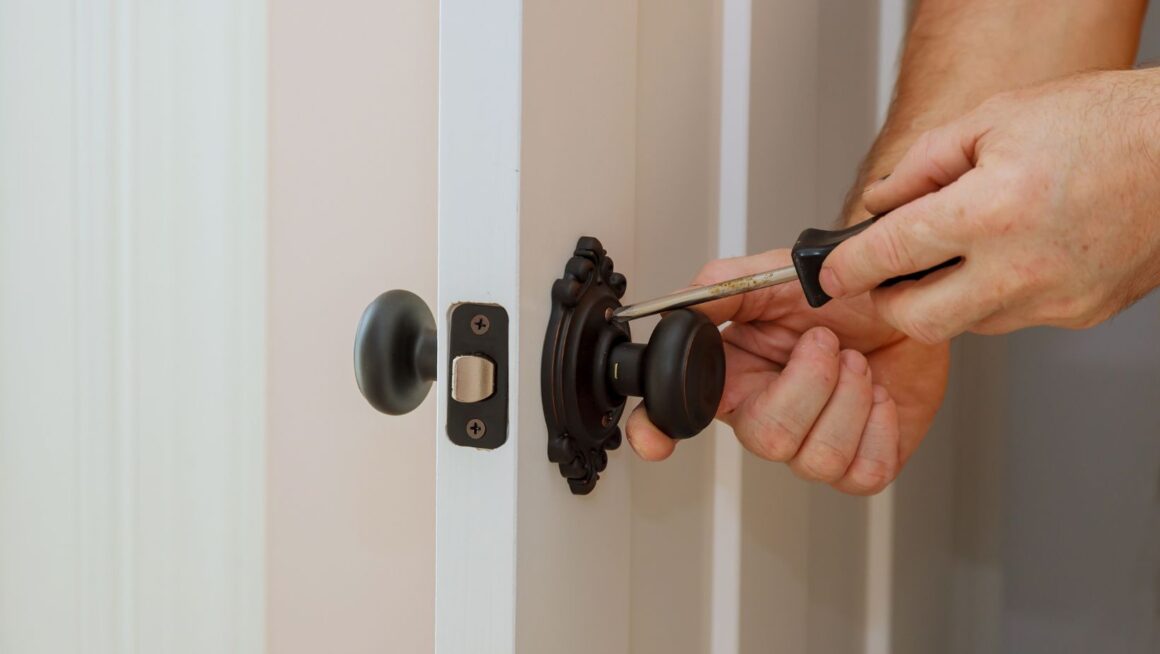
Additionally, involving clients in early hardware decisions allows for storytelling and personalization — selecting a finish that echoes travel memories, or a design that reflects cultural heritage. These narratives add richness and emotional connection to the final space.
Details That Define
High-end architecture lives in the details. Door hardware, often overlooked, is one of those details that defines both spatial quality and long-term satisfaction. When selected with care and integrated with architectural intent, it supports the very essence of design: clarity, beauty, and purpose.
For architects seeking to create enduring homes, hardware is not an accessory. It’s part of the structure’s identity — a daily point of interaction that, when thoughtfully specified, elevates the entire experience.
By investing in hardware as part of the architectural language — from the curve of a lever to the finish of a hinge — designers reinforce a commitment to excellence. And in doing so, they create homes that are not only visually compelling, but deeply satisfying to inhabit.



